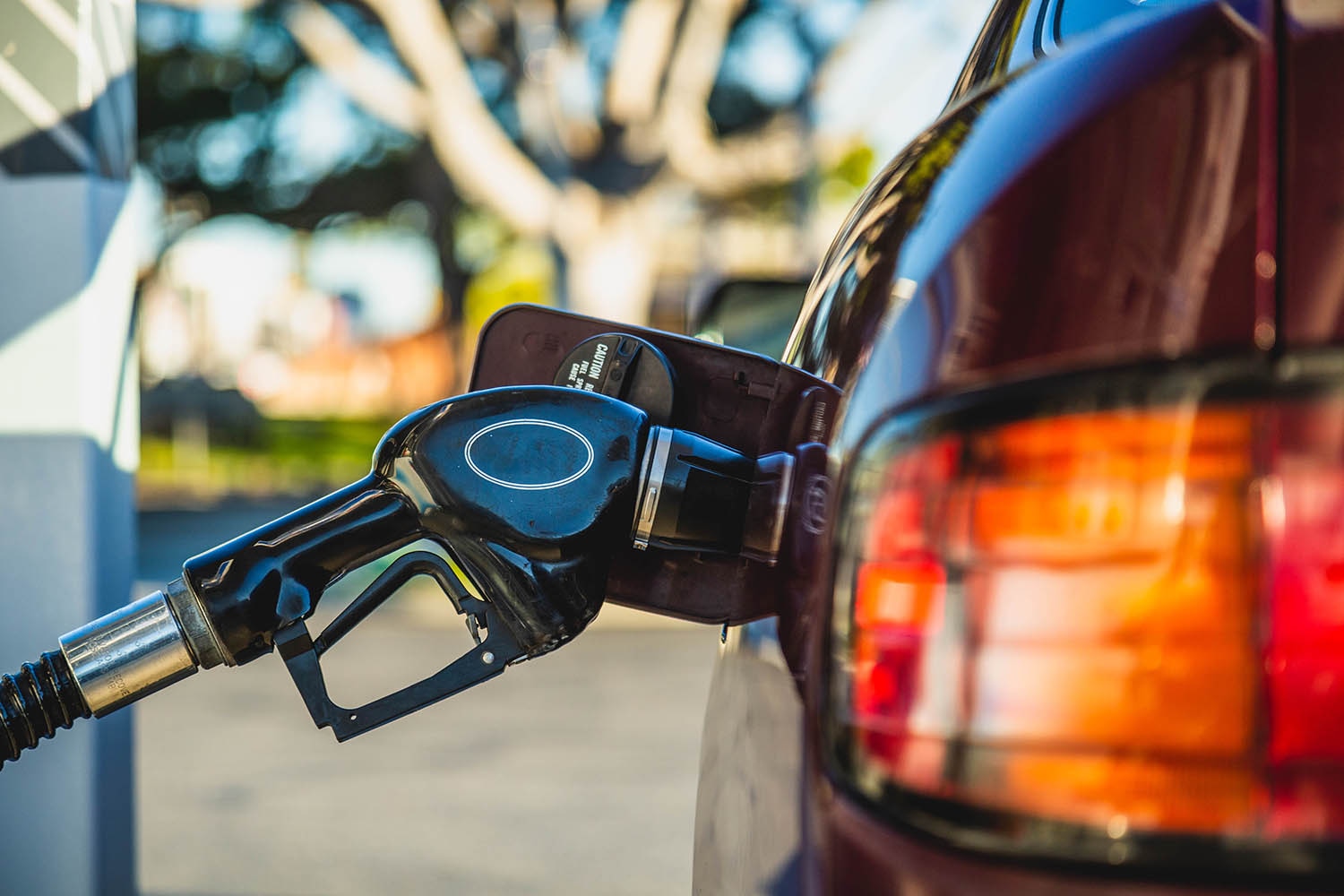5 Ways to Maximize Fuel Economy
Using less fuel could mean more money in your pocket.
 Manuel Carrillo III | Capital One
Manuel Carrillo III | Capital One
Article QuickTakes:
Perhaps you're making more visits to the gas station than you'd like, or you've noticed that the mpg number shown on your vehicle's fuel-consumption menu is lower than the estimate printed on the window sticker. If you want to see better mpg figures, there are a few things you could try. Here, we look at some ways to improve your efficiency game.
 Manuel Carrillo III
Manuel Carrillo III
Stop Neglecting Your Wheels and Tires
When a tire is underinflated, it has a bigger-than-optimal contact patch with the pavement, which increases rolling resistance. The car's engine must then work harder to maintain speed. A hard-working engine will use more fuel. The U.S. Environmental Protection Agency (EPA) estimates that even a 1-psi (pounds per square inch, the way pressure is measured in tires) deficit in tire air pressure at each corner could lower a vehicle's fuel economy by 0.2%.
If you combine underinflated tires with an out-of-spec alignment, you could use even more gasoline. A car with misaligned tires will need constant steering corrections, which again means more work for the powertrain.
Lay Off the Accelerator
The EPA claims that a vehicle could suffer as much as a 40% hit in fuel economy from a driver's aggressive behavior, including rapid acceleration, speeding, and heavy braking. If you're guilty of those things, try driving more calmly and always observe the posted speed limit. Your fuel efficiency may increase as a result.
It'll likely make a difference, particularly if you're frequently on the highway. For example, using the EPA's math, if you were to drive a 2022 Nissan Pathfinder 500 miles, paying $3.60 per gallon of gas, you'd save $15 by sticking to a 65-mph speed limit rather than cruising at 80 mph.
 Manuel Carrillo III
Manuel Carrillo III
Keep Up on Recommended Maintenance
Think of routine maintenance as an investment in your car's future. For example, a tuneup on a gas-fueled car might include replacing the spark plugs, which ignite the air-fuel mixture needed to make your engine run. Old plugs produce less spark, which can result in inefficient operation. Replacement intervals vary, so consult your owner's manual.
Your car's engine air filter also needs periodic inspection and replacement. While the EPA says that a clogged air filter in a modern car won't have a notable impact on fuel economy by itself, it could still impair acceleration. If you find yourself frequently pressing the accelerator to the floor to keep up with traffic, you might be wasting fuel.
Remove Your Roof Accessories
Aerodynamics play a major part in efficiency. If you've strapped a big cargo box or a bike rack to your car's roof rack, you've increased drag. A rooftop cargo box can have as much as a 25% impact on fuel economy at highway speeds, according to the EPA. The fix? Remove those accessories when you're not using them.
Let Your Car's Engine Warm Up
A car's powertrain is most efficient when it reaches its operating temperature. Frequent short trips may not give the engine enough time to warm up, which could have a major impact on fuel economy, according to the U.S. Department of Energy. Additionally, your car's transmission also needs to come up to temperature to operate efficiently.
That said, allowing your vehicle to warm up in the driveway for 15 minutes isn't the answer, as idling requires fuel, too. Many car manufacturers figure about 30 seconds is enough, even in winter. A good course of action would be to accomplish several errands in one trip, rather than making individual short-distance runs. Plan your outings so that your first leg is the longest.



